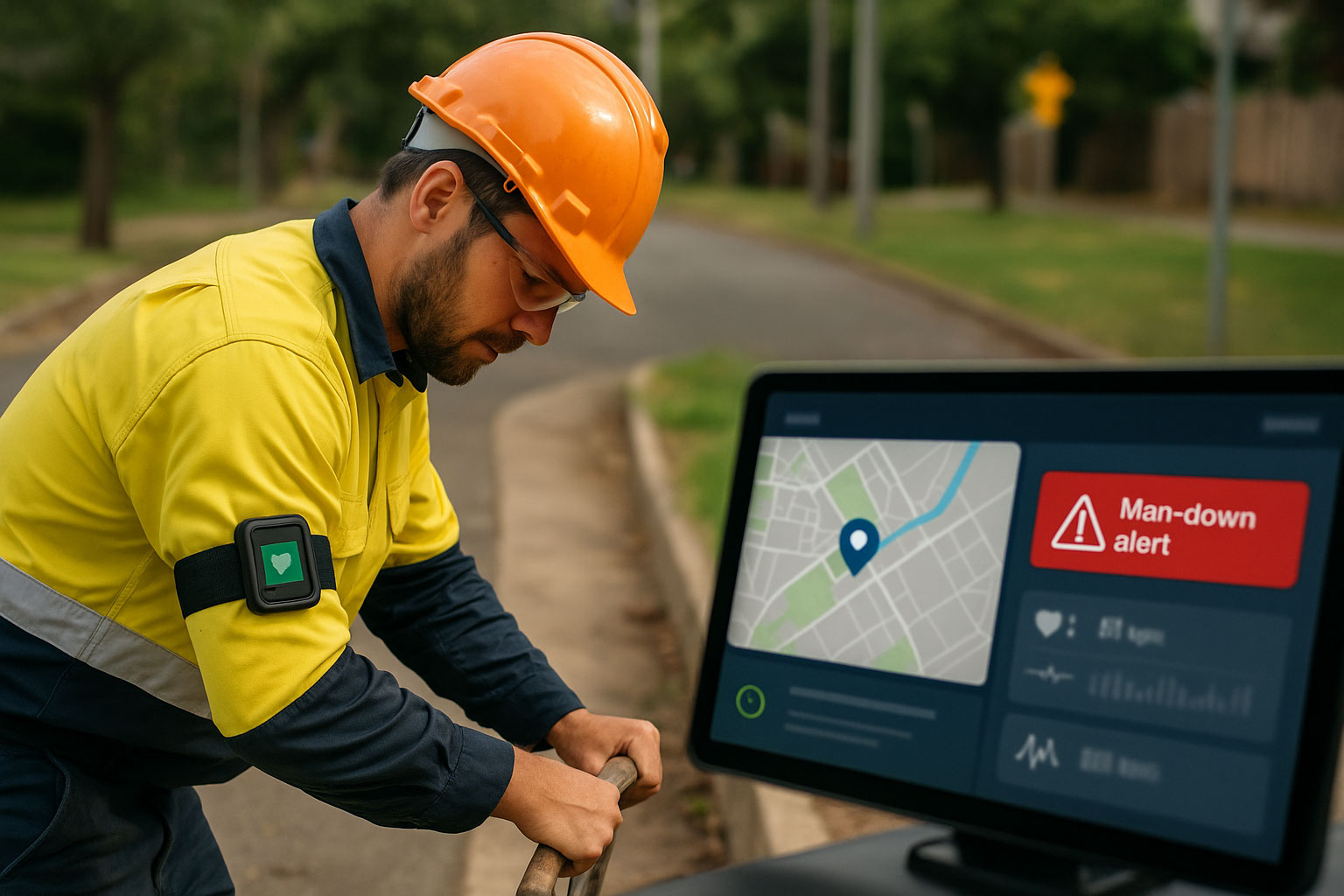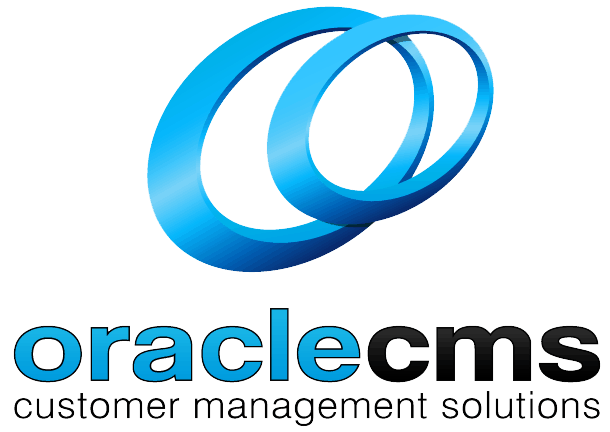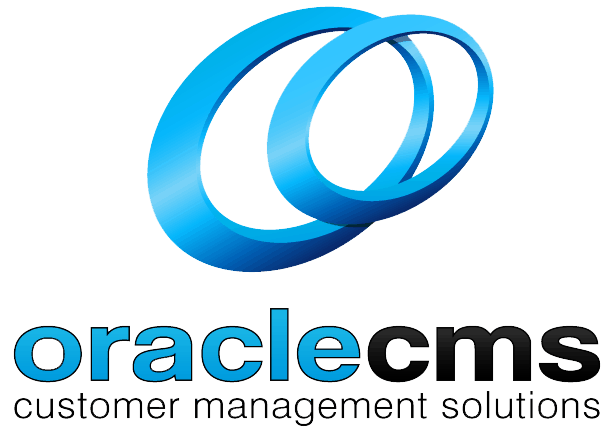
How Wearable Technology Is Transforming Lone Worker Safety
Lone workers play an essential role across many Australian industries, from utilities to healthcare, construction, and local government. However, working in isolation creates serious risks. Without colleagues nearby, even minor incidents can quickly escalate into critical situations.
That’s why more organisations are turning to wearable technology as a vital component of lone worker safety strategies. These devices offer real-time visibility, automatic alerts, and reassurance for both employers and employees, making them a key part of effective lone worker monitoring in the field.
When paired with an outsourced contact centre, these technologies become even more powerful. Around-the-clock monitoring by trained operators ensures that alerts are never missed.
Whether it’s a fall, panic activation, or loss of movement, the contact centre can quickly escalate the response, contacting emergency services, notifying managers, or following pre-set protocols. This integrated approach adds a critical layer of responsiveness and helps businesses meet their WHS obligations without building in-house infrastructure.
Understanding the Risks Faced by Lone Workers
Lone workers face a distinct set of risks. Physical hazards such as slips, trips, and falls often go undetected for long periods. Medical emergencies can become life-threatening if no one is nearby to respond. Workers may also face aggression from others or environmental dangers in remote areas.
In Australia, employers have a legal duty under Work Health and Safety (WHS) legislation to protect lone workers through proactive risk assessments and safety solutions. Relying on traditional check-ins or mobile phones alone is no longer sufficient.
What Is Wearable Safety Technology?
Wearable safety technology refers to specialised devices designed to protect individuals working alone. These are not consumer smartwatches or fitness bands they’re purpose-built tools that monitor health, location, movement, and environmental conditions.
Examples include man-down alarms, panic buttons, GPS-enabled trackers, and biometric sensors. Many integrate directly with central monitoring systems or emergency services. These devices provide both immediate alerts during emergencies and valuable data for incident analysis.
Benefits of Using Wearable Safety Technology
Wearables bring a proactive layer of protection. If a worker becomes unresponsive or triggers an alert, the system automatically notifies a monitoring centre or designated contact. Real-time GPS tracking ensures help can be dispatched to the correct location.
These tools support compliance with workplace safety obligations and build trust with staff. Workers who feel safe are more productive and more likely to remain in their roles. The benefits include:
- Faster response times
- Reduced incident severity
- Enhanced compliance and reporting
- Improved worker wellbeing
Meeting Australian Compliance Standards and WHS Obligations
Workplace safety in Australia is governed by national and state-based WHS laws. Employers must take reasonable steps to minimise risks and for lone workers, that includes reliable communication and monitoring systems.
Wearable technology helps satisfy several requirements under Safe Work Australia’s guidelines, including hazard identification, emergency response planning, and incident documentation. When used as part of a broader safety strategy, wearables provide a tangible demonstration of duty of care.
Key Features That Improve Lone Worker Safety
Advanced wearables include features designed specifically for isolated work environments. Some common functions are:
- GPS tracking with geofencing alerts
- Fall detection and man-down sensors
- Discreet panic alarms with vibration confirmation
- Two-way voice communication
- Timed check-ins and non-response alerts These tools can be configured to meet the needs of each business or role, ensuring flexibility without compromising safety.
Reducing Psychological Stress and Isolation Through Technology
Isolation doesn’t just pose physical risks it also impacts mental health. Wearable devices help reduce anxiety by offering a sense of connection and security. Workers know they’re not completely alone; someone is monitoring their wellbeing.
This can lower stress levels, increase job satisfaction, and reduce burnout. In high-stress sectors like aged care, mental health support is just as important as physical safety, and wearables play a quiet but critical role in providing both.
Integrating Wearables Into Broader Lone Worker Safety Strategies
Technology is only effective when combined with clear protocols and human oversight. Wearables should be integrated into a holistic approach that includes:
- 24/7 monitoring by trained responders
- Escalation protocols tailored to risk levels
- User training and onboarding
- Routine testing and device audits. Companies must also ensure that data collected is secure and used responsibly, especially in industries handling sensitive information.
Industry Use Cases for Wearable Lone Worker Technology
Various Australian industries rely on wearable safety solutions to protect their teams:
- Utility workers maintaining remote infrastructure
- Healthcare professionals conducting home visits
- Construction staff operating on isolated sites
- Local council staff performing inspections In each case, wearables bridge the gap between independence and safety. By combining automated alerts with manual support processes, businesses can meet legal obligations while providing peace of mind.
The Role of OracleCMS in Lone Worker Monitoring
OracleCMS supports businesses with round-the-clock monitoring solutions tailored for lone workers. Our services include custom escalation pathways, wearable device integration, and real-time tracking.
When a device triggers an alert whether due to inactivity, a fall, or a panic press our team responds immediately based on your organisation’s predefined safety protocol. Detailed reporting and compliance support are included, helping clients meet WHS standards without overburdening internal resources.
The Future of Wearable Technology in Lone Worker Protection
Wearable safety devices continue to evolve. The next wave includes:
- Biometric monitoring (heart rate, stress levels, fatigue detection)
- AI-powered predictive alerts based on behavioural data
- Satellite-enabled devices for areas with no mobile coverage
- Smarter integrations with business systems and compliance platforms. As these technologies advance, employers will gain even more powerful tools to prevent incidents and safeguard their teams.
FAQs
Q1: What industries benefit most from lone worker wearables?
A1: Sectors such as utilities, healthcare, construction, field services, and local government all benefit. Any role involving isolated or unsupervised work can be supported by wearable safety technology.
Q2: Are wearable devices compliant with Australian workplace safety laws?
A2: Yes, when integrated into a comprehensive safety system, wearable devices can help employers meet WHS requirements for communication, emergency response, and risk reduction.
Q3: How do wearables detect emergencies like falls or health events?
A3: Devices often include motion sensors and accelerometers to detect falls, sudden impact, or inactivity. Some also monitor biometrics to trigger alerts when abnormal patterns are detected.
Q4: What happens if a lone worker goes out of range or offline?
A4: Advanced devices can switch to satellite communication or send last known location data before going offline. Monitoring teams act based on predefined escalation protocols if communication is lost.
Q5: Can wearables be integrated into existing safety procedures or software?
A5: Absolutely. Many systems offer API integrations and dashboards that work with existing compliance, scheduling, and incident management tools.



